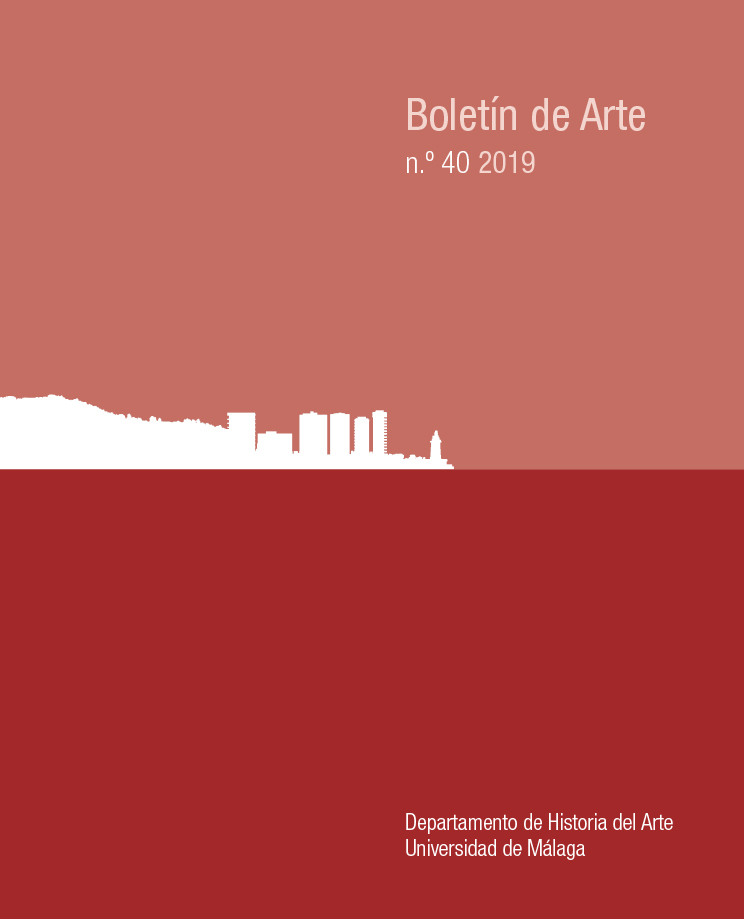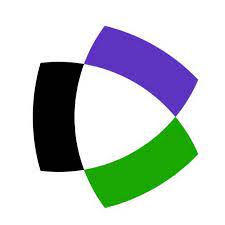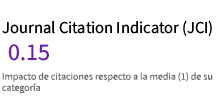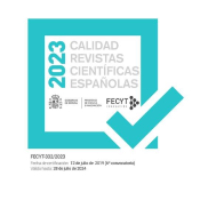Agencia artística animal en el arte performativo interespecies en el siglo XXI
DOI:
https://doi.org/10.24310/BoLArte.2019.v0i40.6126Abstract
La estética tradicional sitúa a los animales no humanos en la naturaleza y no en la cultura. Los animales no humanos son generalmente considerados seres carentes de arte sin ningún impulso o capacidad para crear objetos estéticos. Por el contrario, la habilidad y la necesidad de producir arte es percibida como uno de los últimos umbrales de la humanidad. Sin embargo, en las últimas décadas cada vez más artistas contemporáneos involucran a animales no humanos vivos en producciones artísticas. Al hacer esto, declaran a algunos animales no humanos coautores de obras de arte y su confianza en su agencia creativa. Pero, ¿es legítimo tomarse en serio las contribuciones animales a instalaciones, esculturas, obras de vídeo o pinturas? ¿Pueden los animales no humanos ser actores estéticos por derecho propio? El texto se centra en obras de arte interespecies que solo llegan a existir mediante la ayuda de animales no humanos. Si bien parece claro que los animales no humanos participantes muestran alguna forma de agencia, es debatible que se les pueda llamar artistas.
Downloads
Metrics
References
ALLAND, Alexander (1977), The Artistic Animal. An Inquiry in the Biological Roots of Art. New York: Anchor.
BARAD, Karen (2007), Meeting the Universe Halfway: Quantum Physics and the Entanglement of Matter and Meaning. Durham, North Carolina: Duke University Press.
BELTING, Hans (2001), Bild-Anthropologie. Entwu?rfe fu?r eine Bildwissenschaft, Mu?nchen.
BERGER, John (1980), Why Look at Animals. London: Pinguin Books.
DARWIN, Charles (1871), The Descent of Man in Relation to Sex, London: John Murray.
DELEUZE, Gilles (1998), Das ABC von Gilles Deleuze und Claire Parnet, http://www.langlab.wayne.edu/cstivale/d-g/dasabc-a-l.html vom 01.11.2014.
DELEUZE, Gilles /GUATTARI, Felix (1980), Mille Plateaux. Paris.
DEXTER, Emma (2005), Vitamin D: New Perspectives in Drawing, London / New York: Phaidon.
ENDLER, John A. (2012), „Bowerbirds, art and aesthetics. Are bowerbirds artists and do they have an aesthetic sense?“, Communicative and Integrative Biology, May 2012, 1; 5(3), p. 281–283.
GELL, Alfred (1998), Art and Agency: An Anthropological Theory, London: Oxford University Press.
HERDER, Johann Gottfried (2002), Ideen zur Philosophie der Geschichte der Menschheit (1784), ed. by Wolfgang Pross, Vol. III/1, Mu?nchen/Wien: Hanser.
HEYMER, Kay (1991), „Kommentar zu den ‚Nachmalungen’ der Parallel Malaktion mit Schimpansen 1979“, in: RAINER, Arnulf, Primaten, Köln/Bielefeld: Karl Körber Verlag.
HIRSCHELD, Eugene (2008), Can animals create Art?, In: http://marxist-theory-of-art.blogspot.de/2008/11/can-animals-create-art.html (Date of access: 10-03-2019).
HÖRNER/ANTLFINGER (2015), weekly, In: http://www.h--a.org/drawings/weekly-2/ (Date of access: 10-03-2019).
JEVBRATT, Lisa Jevbratt / ROSEBUD (2009), Artistic Interspecies Collaboration. Fieldguide. In: http://jevbratt.com/writing/interspecies_field_guide.pdf. (Date of access: 10-03-2019).
KAPLAN, Gisela/ROBERS, Leslie J. (2007), „Elephants that Paint, Birds that make Music. Do Animals have an aesthetic sense?“, Cerebrum. Emerging Ideas in Brain and Science, New York: Dana Press, p. 137-150.
KOMAR, Vitaly/MELAMID, Alexander (2000), When Elephants Paint. The Quest of Two Russian Artists to Save the Elephants of Thailand, New York: Harper.
LATOUR, Bruno (2005), Reassembling the social: an introduction to actor-network-theory. Oxford New York: Oxford University Press.
MACDONALD, Juliet (2014), „Alpha: The Figure in the Cage“, Relations: Beyond Anthropocentrism (Minding Animals: Part II), n.p.
MCHUGH, Susan (2001), „Video Dog Star: William Wegman, Aesthetic Agency, and the Animal in Art”, Society and Animals 9.3, p. 229-251.
MORRIS, Desmond (1962), The Biology of Art, London/New York: Methuen Knopf.
LEEB, Susanne (2007), Die Kunst der Anderen. Weltkunst und die anthropologische Konfiguration der Moderne, Frankfurt/Oder.
LENAIN, Thierry (1997), Monkey Painting, London: Reaktion Books.
MENNINGHAUS, Winfried (2011), Wozu Kunst? Ästhetik nach Darwin, Frankfurt a.M.: Suhrkamp.
PAULCKE, Wilhelm (1923), Steinzeitkunst und moderne Kunst, Stuttgart: Schweizerbart.
RAINER, Arnulf (2010), Schriften. Selbstzeugnisse und ausgewählte Interviews, Ostfildern-Ruit: Hatje Cantz.
SWEENEY ART GALLERY (2009), Intelligent Design. Interspecies Art. In: http://www.faculty.ucr.edu/~divola/PDF/PressRelease_Interspecies_Final.pdf (Date of access: 10-03-2019).
THOMAS, Nick (2007), „He Lets Creepy-Crawlies Get Their Feet Wet as Painters“, The Washington Post, 18.8.2007. http://www.washingtonpost.com/wp-dyn/content/article/2007/08/17/AR2007081700603.html.
UEXKÜLL, von, Jakob Johann (1909), Umwelt und Innenwelt der Tiere. Berlin.
WADIWEL, Dinesh (2015), The War Against Animals, Leiden: Brill.
WELSCH, Wolfgang (2004), Animal Aesthetics, http://www.contempaesthetics.org/newvolume/pages/article.php?articleID=243 (Date of access: 10-03-2019).
Downloads
Published
How to Cite
Issue
Section
License
Todos los contenidos publicados en la revista Boletín de Arte están sujetos a la licencia Creative Commons Reconocimento-NoComercia-Compartirigual 4.0 cuyo texto completo puede consultar en <http://creativecommons.org/licenses/by-nc-sa/4.0>

Los/as autores/as cuyas contribuciones sean aceptadas para su publicación en esta revista conservarán el derecho no exclusivo de utilizar sus contribuciones con fines académicos, de investigación y educativos, incluyendo el auto-archivo o depósito en repositorios de acceso abierto de cualquier tipo.
La edición electrónica de esta revista esta editada por la Editorial de la Universidad de Málaga (UmaEditorial), siendo necesario citar la procedencia en cualquier reproducción parcial o total.











4.png)
